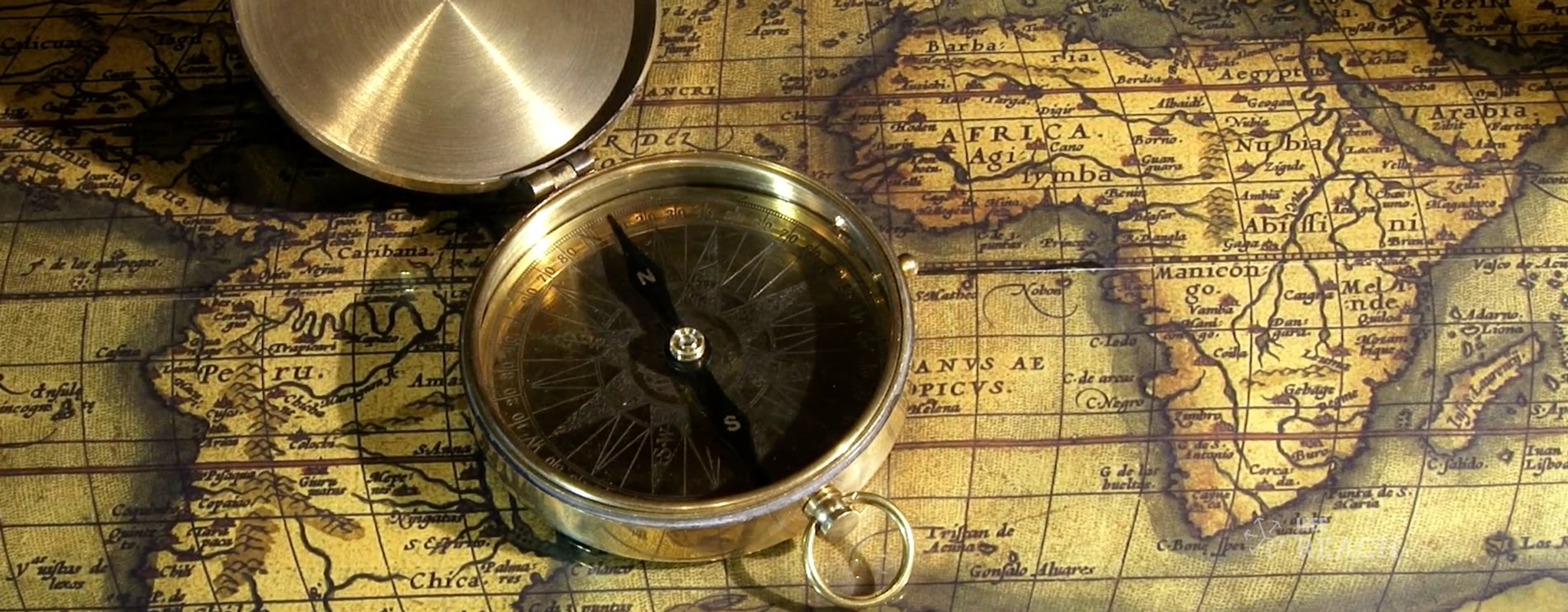How Did Navigation Lead to a Global Advantage?
The open sea is a never-ending desert of water – the same in all directions. How did ancient mariners cross the ocean without GPS? The principles behind “modern” innovations used by our GPS-enabled devices are surprisingly similar to those used by technologies that guided seafarers hundreds of years ago. Whether by the stars, the astrolabe, or the kamal, sailors learned to navigate the seas using triangulation. This Inquiry Unit focuses on the technologies of navigation, beginning with the compass and ending with GPS. Students analyze the connections between navigational technology and the preeminence of seafaring powers in early modern times.
IEEE REACH creates free units of study, following the Inquiry Design Model, that engage your students in an exploration of the interaction of technology and history. Our C3 units span the spectrum of history from Athenian triremes to military drones, all while honing historical thinking skills like document analysis and persuasive writing. Every unit is the product of professional research by historians of engineering and technology adapted for high school students by experienced educators – and everything we offer is free to teachers and their students!
Technology is an integral part of history. It didn’t start with STEM – it’s been there all along. No matter your level of technological understanding, you can bring the stories of technology and engineering into your history classes with IEEE REACH. Registration is easy, fast, and everything is FREE! Create an account today, and bring technology and history together in your classroom – just like it is in real life!
To download this unit, or any of the free REACH resources, click on the link below and share with your class today!

